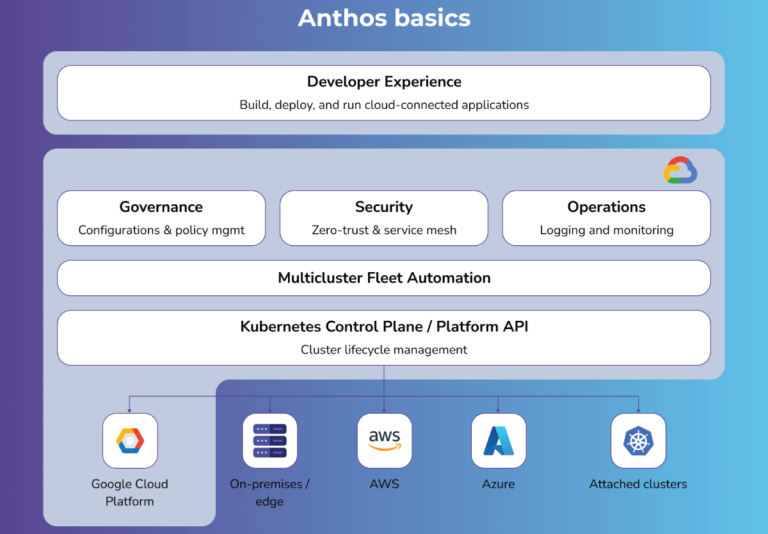Headless Commerce
- Home
- Headless Commerce
What is headless commerce?
Headless commerce is an ecommerce architecture that decouples the frontend of an online store from its backend to ensure independent functionalities without interfering with one another.
This includes decoupling an online store’s presentation layer that includes text colors, styles, images, buttons, graphs and tables and similar elements, from the backend functionalities like pricing, infrastructure, checkout, etc, to make updates easily.
As per Forbes “With over $1.65 billion in funding raised for headless technologies over the last two years, the architecture is soon to see higher adoption rate across the eCommerce industry.”

Headless commerce is a type of e-commerce architecture that separates the front-end, or "head," of the website from the back-end, or "body," which includes the product catalog and order management systems. This allows for greater flexibility in the design and development of the front-end, while still utilizing the robust functionality of the back-end.
Some benefits of using Headless Commerce include the ability to create a unique and personalized user experience, faster page load times, and the ability to easily integrate with other systems and platforms. Additionally, it allows for more scalability, flexibility and better performance.
Softtron provides Headless Commerce services by working with you to design and develop a custom front-end for your e-commerce website, while utilizing the back-end functionality of a headless commerce platform. We have experience with various headless commerce platforms, and work with you to find the best one for your specific needs.
Yes, in many cases an existing e-commerce platform can be decoupled from its front-end to create a Headless commerce solution. Our team will work with you to assess your current platform and determine if it is compatible with a headless commerce architecture.
The time it takes to implement Headless Commerce can vary depending on the complexity of the project and the size.
Google’s cloud-focused container technology, Anthos, was created to make it possible for contemporary programs to be deployed consistently and scalable in a variety of settings. We will provide you with an overview of Anthos’ features and how it can help develop applications that are scalable, dependable, and managed.
There may be additional expenses and complexity involved in managing clusters across multiple sites. The freedom to execute workloads in their own data centers, manufacturing facilities, retail locations, or even in other public clouds is another requirement for many enterprises using Google Cloud. To avoid inconsistent environments, security flaws, incorrect configurations, and increased operational overhead, they frequently choose not to take on the task of developing container platforms for each of these locations or reviewing how they configure, secure, monitor, and optimize container workloads.

A ‘fleet,’ or logical grouping of Kubernetes clusters that can be managed as a unit, is the primary idea behind Anthos’ features. This fleet could be made up of GKE clusters that are hosted only on Google Cloud, or it could include clusters that are hosted both on Google Cloud and elsewhere, such as on-site and by other public cloud providers like AWS and Azure.
Once a fleet is established, you may take use of Anthos’ fleet-enabled features to improve productivity and simplify operations among various infrastructure providers and clusters.
Anthos features:
Connecting to your fleet
Load balancing
- The following load balancing choices are available in Google Cloud using GKE clusters:
- GKE uses external application load balancers for Layer 7 and external pass through network load balancers for Layer 4 by default. Since they are completely managed services, you won’t need to do any further provisioning or configuration.
- You can set up a load balancer to service apps across several fleet clusters with the help of Multi Cluster Ingress.
- On-premises Anthos clusters offer multiple load balancing modes based on your needs, such as an integrated MetalLB load balancer or the option to manually set up load balancing to use your own solutions.
- MetalLB load balancing is packaged with Distributed Cloud Edge.
- Platform-native load balancers are used by Anthos clusters that are deployed on various public cloud platforms..
Authentication and access control
- Utilize Google Identity:Regardless of the cluster’s location, the Connect Gateway enables users and service accounts to authenticate themselves to clusters within your fleet using their Google IDs. You can use this functionality for direct access to the cluster or incorporate it into your build pipelines and DevOps automation.
- Leverage Third-Party Identity: The freedom to configure authentication utilizing third-party identity providers is provided by Anthos Identity Service. This allows all of your fleet’s teams to keep using their current OIDC (and LDAP when supported) providers’ identities, passwords, and security groups, including Microsoft AD FS and Okta.
Policy management
Keeping track of several clusters is another challenge to applying security and compliance regulations consistently across your fleet. Strict security and compliance requirements are faced by many firms, especially in industries like financial services where protecting customer data is crucial. Scaling up to meet these objectives is crucial.
In order to overcome this difficulty, Anthos Config Management comes with Policy Controller, an application that applies unique business logic to every Kubernetes API request sent to the corresponding clusters. These policies act as proactive “guardrails” that stop any changes to the Kubernetes API configuration that would violate operational, security, or compliance requirements.
Application-level security
- Binary Authorization: Ensure that only trusted images are deployed on the clusters within your fleet.
- Kubernetes Network Policy: Define and control which Pods can communicate with each other and other network endpoints.
- Anthos Service Mesh Service Access Control: Configure fine-grained access control for your mesh services based on service accounts and request contexts.
- Anthos Service Mesh Certificate Authority (Mesh CA): Automatically generate and rotate certificates to facilitate mutual TLS authentication (mTLS) between your services.








